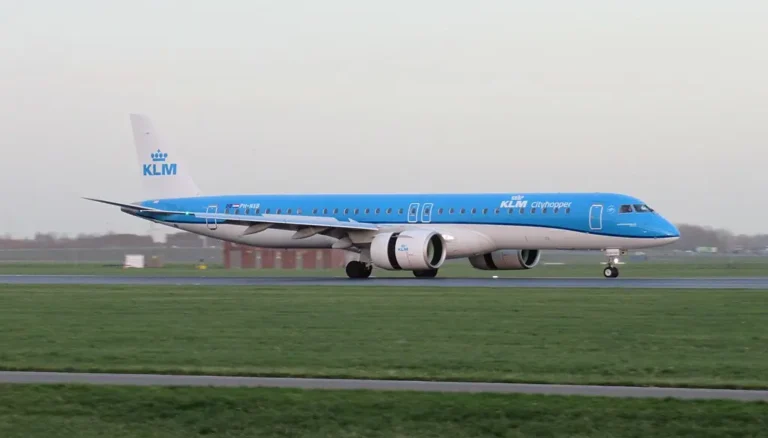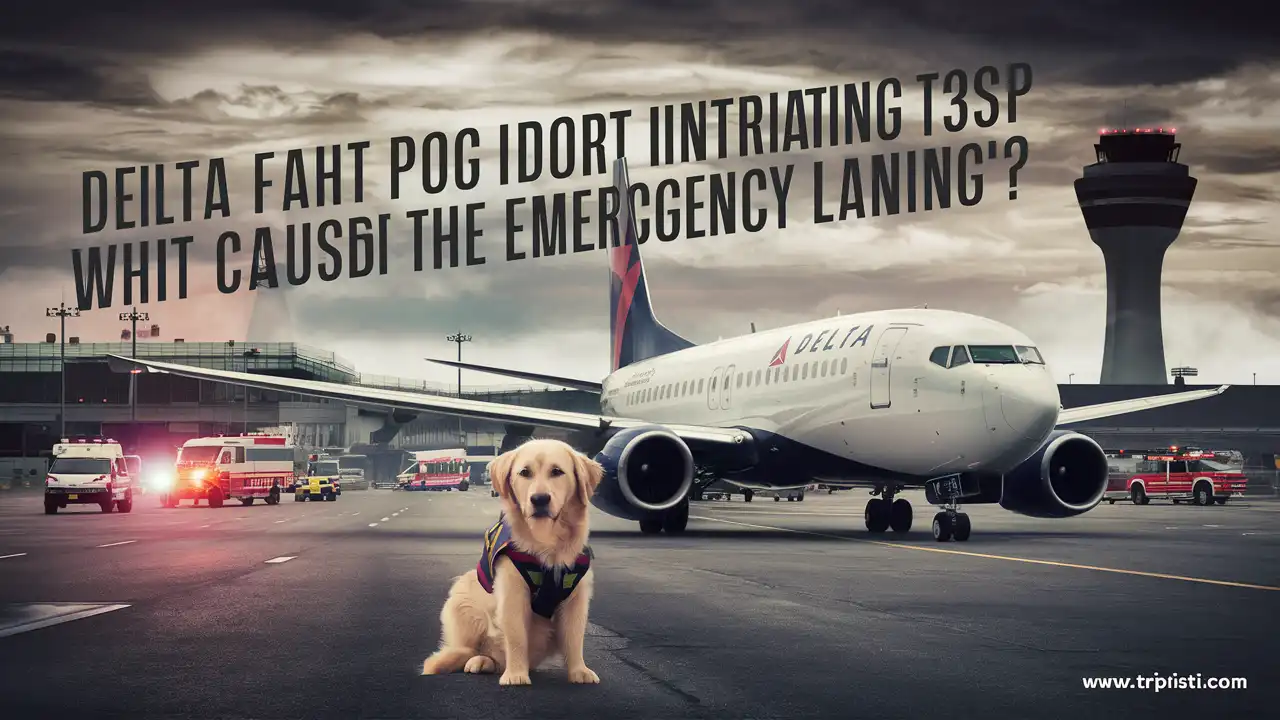
The skies are usually calm… until something unexpected shifts the course — like what happened on Delta Flight 694. What started as a routine trip from Los Angeles to Detroit quickly turned into headline news after an unusual in-flight emergency. The cause? A dog.
The Delta Flight Dog Diversion MSP incident caught people off guard. A pet onboard became seriously ill, leading the pilot to divert and land early at Minneapolis–Saint Paul International Airport. It wasn’t a mechanical issue or turbulence — it was a medical scare involving a canine passenger.
And just like that, the Delta Flight Dog Diversion MSP became the center of online chatter, sparking debate about airline pet policies, in-flight emergencies, and how far airlines should go to care for animals at 30,000 feet.
In this article, we’re breaking down exactly what happened, why it matters, and what the Delta Flight Dog Diversion MSP could mean for future pet travel.
Flight Overview & Timeline of the Incident
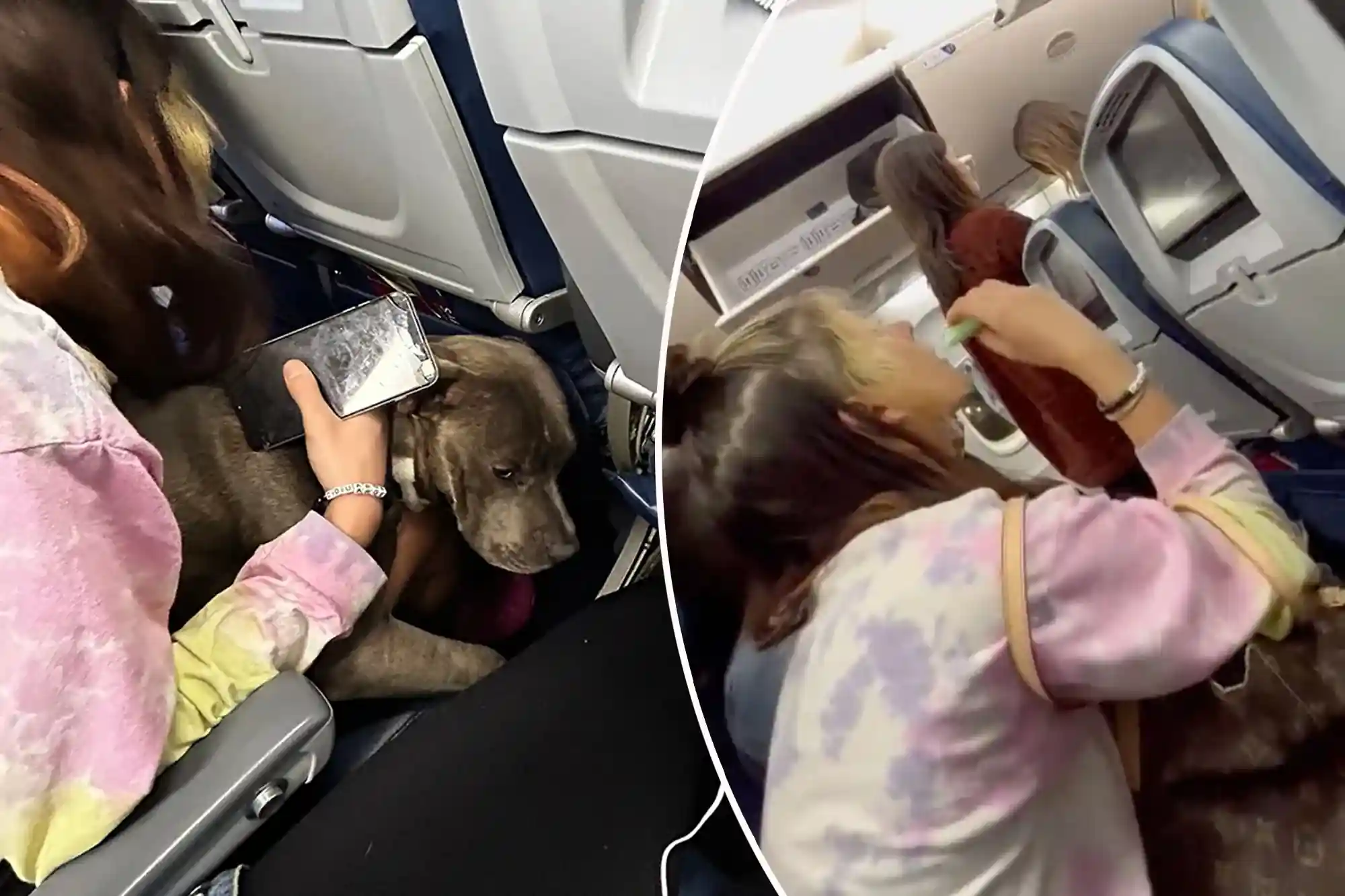
A. Basic Flight Details
The flight in question was Delta Flight 694, operating on a regular LA-to-Detroit route. It departed Los Angeles International Airport (LAX) on time, with a scheduled arrival at Detroit Metropolitan Wayne County Airport (DTW).
The aircraft was a Delta Airbus A321, a narrowbody plane typically used for medium-haul domestic flights, configured for around 190 passengers.
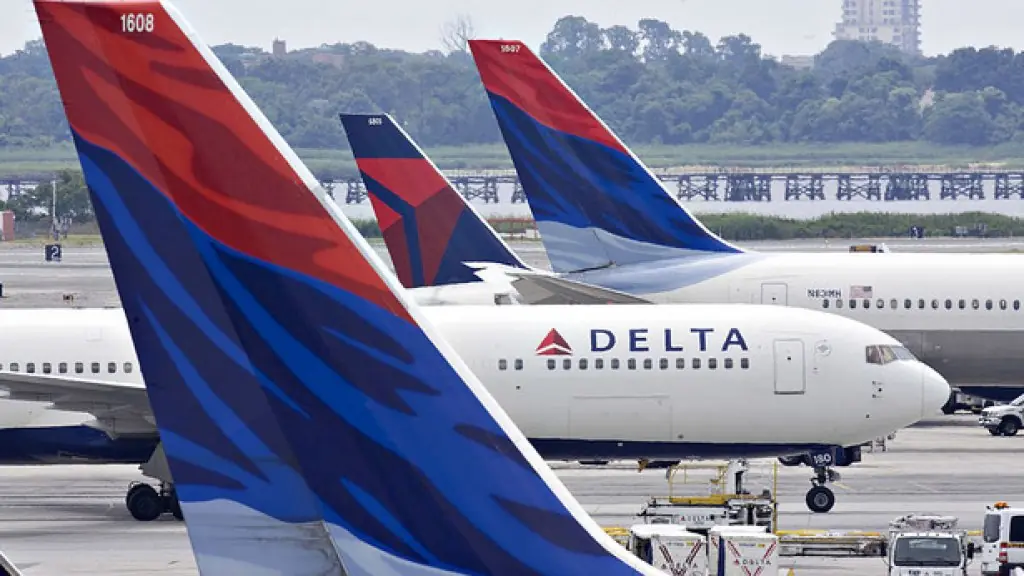
This wasn’t a red-eye or an unusually crowded flight. Just your average afternoon run — until it wasn’t.
B. Timeline of Events

Here’s roughly how things unfolded:
Shortly after takeoff, somewhere over the Midwest — exact location not confirmed, though some flight tracking shows the descent beginning near Iowa — a dog onboard began to show signs of distress. Eyewitnesses later mentioned the dog was panting heavily, possibly seizing. It’s unclear whether the animal was a service dog, an emotional support pet, or just a cabin-approved pet traveling with its owner. (We’ll circle back to that.)
Flight attendants noticed something wasn’t right and quickly alerted the cockpit. According to Delta officials, medical personnel onboard also tried to help — yes, there was apparently a veterinarian on the flight. But when the dog’s condition didn’t improve, the pilot decided to divert.
The Airbus 321-200 made a quick but safe landing at Minneapolis–St. Paul International Airport. Ground staff were reportedly ready, and emergency vet care was requested ahead of time.
Flight diversions are rare. And animal-related ones? Even rarer. But this wasn’t a standard situation. And in the end, safety — even canine safety — came first.
What Caused the Diversion?
A. Dog-Related Issue
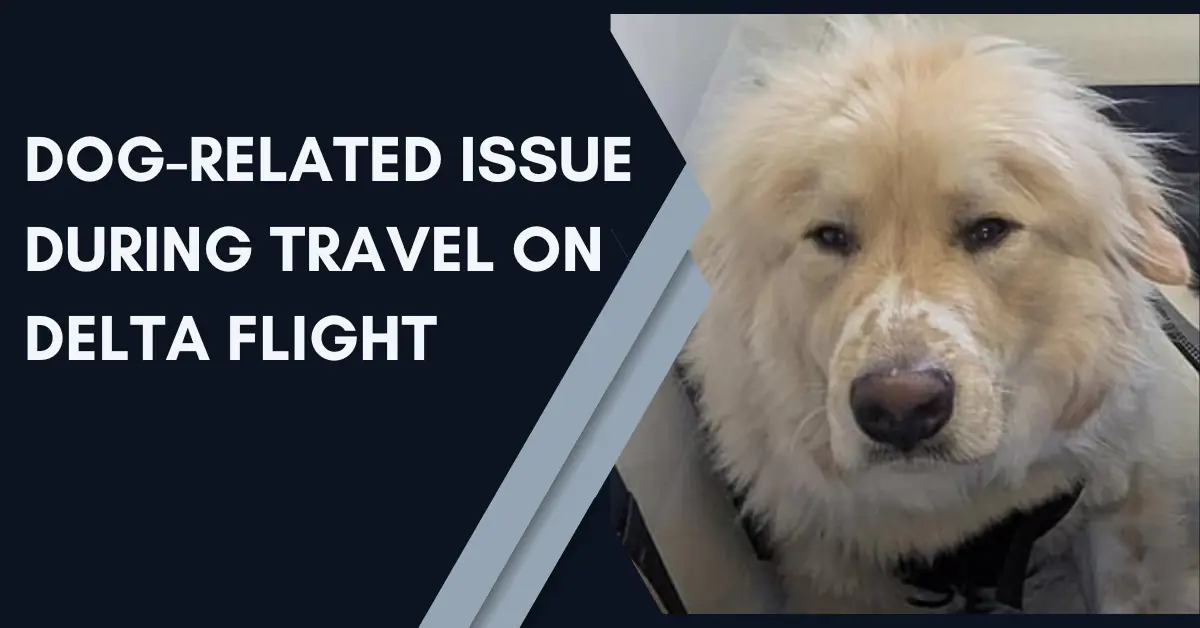
So… what really happened?
That’s been the main question floating around since the story broke. Early reports were conflicting. Some said the dog was barking uncontrollably, others suggested it was having a panic attack or seizure. One viral tweet claimed the dog escaped its carrier and ran down the aisle — though that’s yet to be confirmed. What most sources agree on is this: the dog was clearly not okay.
It’s also unclear if the pet was registered as a service dog, emotional support animal, or just a regular in-cabin pet. (Delta’s policies on each are different — we’ll dive into that soon.) If it was a service dog, it may have been sitting at its owner’s feet, not in a carrier. And if it was an emotional support animal, well… the rules around those have shifted a lot in recent years.
B. Safety or Medical Concerns
Was anyone else affected? Not directly, from what we know. No allergic reactions or cabin pressure issues were reported. But think about it: a sick or panicked dog in a confined space — that alone can disrupt an entire cabin, especially on a long flight. Some passengers may have felt uneasy, especially if the dog was whimpering or visibly suffering.
There’s also the question of containment. If the dog got loose or became aggressive, that creates a different level of concern altogether. Delta flight operations would’ve had to weigh the risk — and fast.
C. Airline’s Statement
Delta did release a brief statement confirming the diversion was due to a medical emergency involving a pet onboard. The airline emphasized that crew members acted in accordance with protocol, and the diversion was made “out of an abundance of caution.”
No further details were provided — probably to protect the privacy of the pet owner. No mention yet of whether the pet survived. That silence has led to a lot of speculation… and some frustration among animal lovers online.
Passenger & Crew Reactions
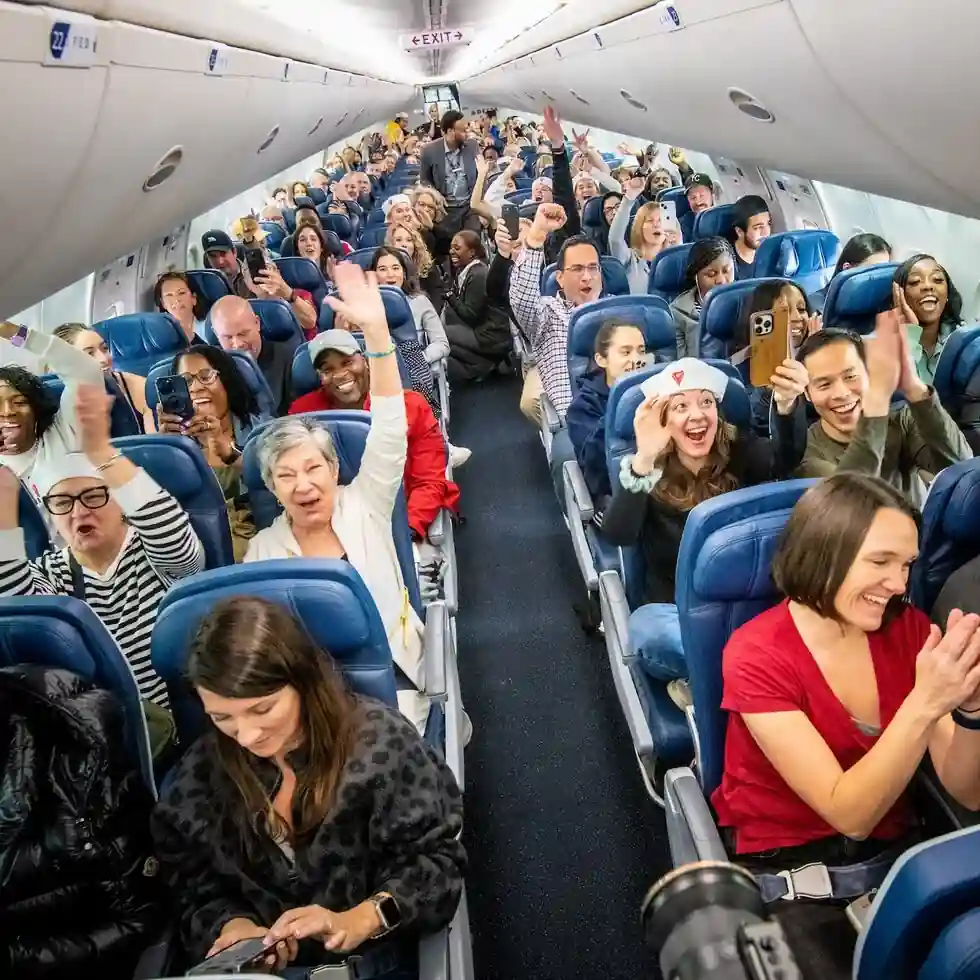
A. Eyewitness Accounts
Passengers on Delta Flight 694 weren’t exactly sure what was going on at first. That’s usually how these things unfold. One traveler mentioned that the snack service had just started when an announcement came through — something vague about a “medical situation.”
Social media, as always, filled in the blanks. A few passengers posted updates from the ground once they landed at MSP. One tweet read, “Emergency landing in Minneapolis. Dog in trouble. Hope it’s okay. Flight attendants looked stressed but handled it like pros.” Another said the dog was a Golden Retriever, though that’s not confirmed by the airline or any media outlet. But still… that detail stuck. Maybe because people just picture Goldens as friendly and sweet, which made the whole thing feel more emotional.
There wasn’t chaos, according to most accounts. Just confusion… and concern. Some passengers even shared photos of the Delta Airbus A321 parked near the terminal, with emergency staff waiting outside.
B. Cabin Crew Decisions
From all reports, Delta Air Lines crew members handled the situation calmly and professionally. They kept announcements minimal, perhaps to avoid panic or speculation. But their actions behind the scenes — alerting the cockpit, coordinating with ground personnel, requesting veterinary care — showed a clear sense of urgency.
Flight attendants are trained to handle medical emergencies involving humans. But animals? That’s less common. Still, they stepped in where they could, offering help and comfort to the pet owner and maintaining calm in the cabin. One flight attendant reportedly knelt beside the owner for several minutes before the diversion — which, honestly, says a lot.
It wasn’t dramatic. Just… human. And that’s probably what stood out most to the people onboard.
Airline Pet Policies & Procedures
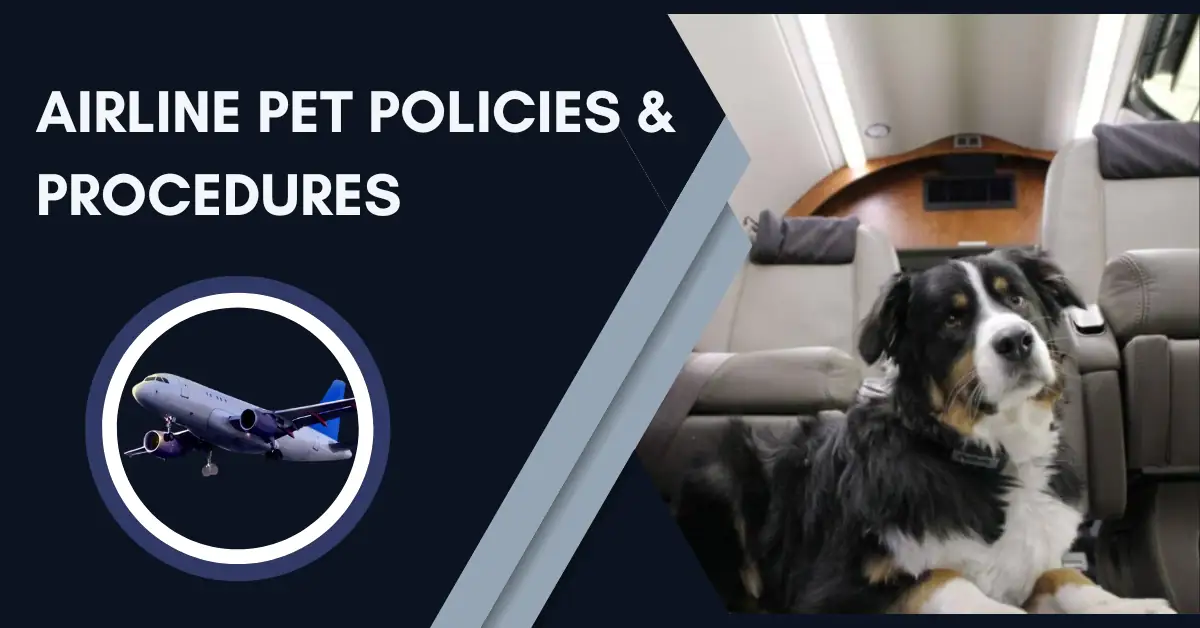
A. Delta Airlines’ Rules on Animals
Now, here’s where it gets a little complex. Delta Airlines dog policies have evolved quite a bit in recent years, especially with changes to U.S. Department of Transportation regulations surrounding service animals and emotional support animals.
As of now:
- Only service dogs trained to assist people with disabilities are allowed to fly for free.
- Emotional support animals no longer qualify for special access. They’re treated as regular pets — meaning they must travel in an airline-approved carrier and stay under the seat.
- You can still add a dog to your Delta flight, but you’ll have to follow strict size, behavior, and documentation guidelines. The Delta pet flight fee typically starts at around $95 per segment for domestic travel.
Delta also doesn’t allow pets in cargo on many aircraft, including the Airbus 321-200, due to temperature control limitations. So, if this dog was too big to fit under the seat and wasn’t a service animal… the owner might’ve had limited choices.
B. In-Flight Protocol for Pet-Related Emergencies
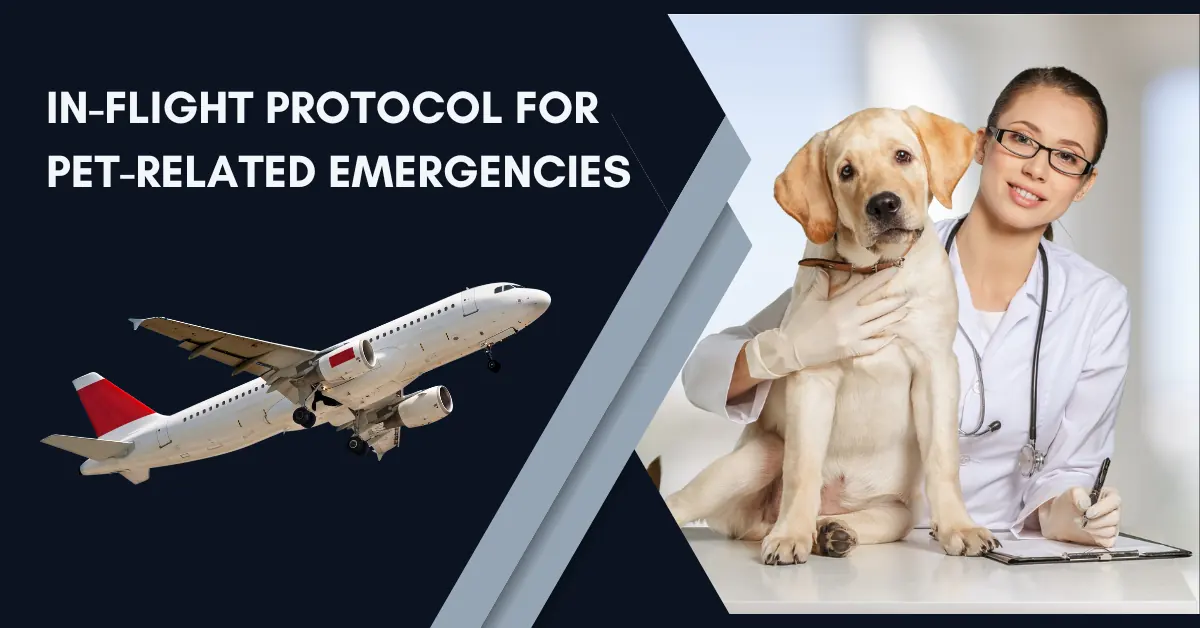
What happens if something goes wrong midair?
According to internal airline procedures (and some input from airline officials via press statements), Delta flight diversion decisions depend on several factors: the severity of the emergency, available resources on board, proximity to alternate airports, and overall passenger safety.
For pet emergencies, it’s rare — but not unheard of — to initiate a diversion. A situation that escalates quickly, like a suspected seizure or respiratory failure, might trigger an emergency landing. Medical personnel or a veterinarian onboard can help assess urgency, but ultimately, the captain makes the final call.
There are also tools being developed — like pet wellness alerts and wearable collars — that might help monitor an animal’s condition during travel. But for now, much of it still depends on observation and fast decision-making.
C. Comparison With Other Airlines
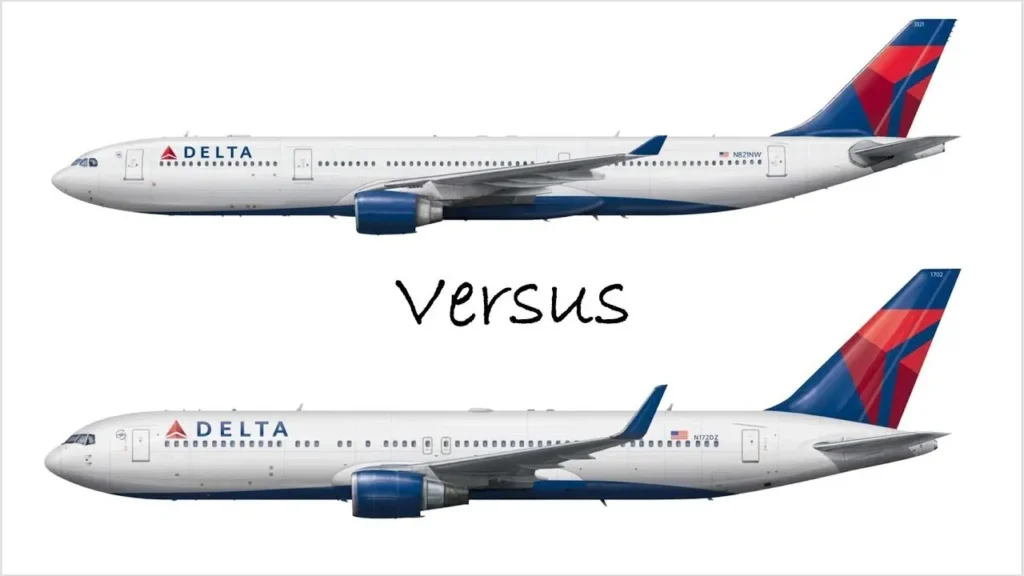
Delta isn’t alone in tightening its pet travel policy. Other major carriers — American Airlines, United, and Southwest — have implemented similar rules after a surge in ESA-related incidents and abuse of the system.
In fact, American Veterinary Medical Association data shows a rise in in-cabin pet travel since 2020, partly due to people wanting emotional comfort post-COVID. But that increase has come with more mid-air disruptions, from barking to biting to full-blown panic attacks.
Compared to others, Delta’s policies are slightly stricter. But that’s also meant to reduce the chances of exactly what happened on Flight 694 — a canine medical emergency that interrupts flight operations and reroutes an entire plane.
Historical Context: Similar Diversions Caused by Pets
A. Previous Incidents Involving Animals
This wasn’t the first time a Delta flight diverted due to a pet issue — and it probably won’t be the last.
In one 2019 incident, a DL plane en route to Atlanta made an unscheduled landing in Albuquerque when a dog escaped its carrier and bit a passenger. The Delta flight diverted to Albuquerque, and emergency crews met the aircraft on the ground. Another case, also involving a service dog, occurred on a United flight where the animal became aggressive midair. That one didn’t result in a diversion… but it led to multiple complaints.
In short, while rare, these moments leave a lasting impression — especially when safety is involved.
B. Trends and Increased Pet Travel
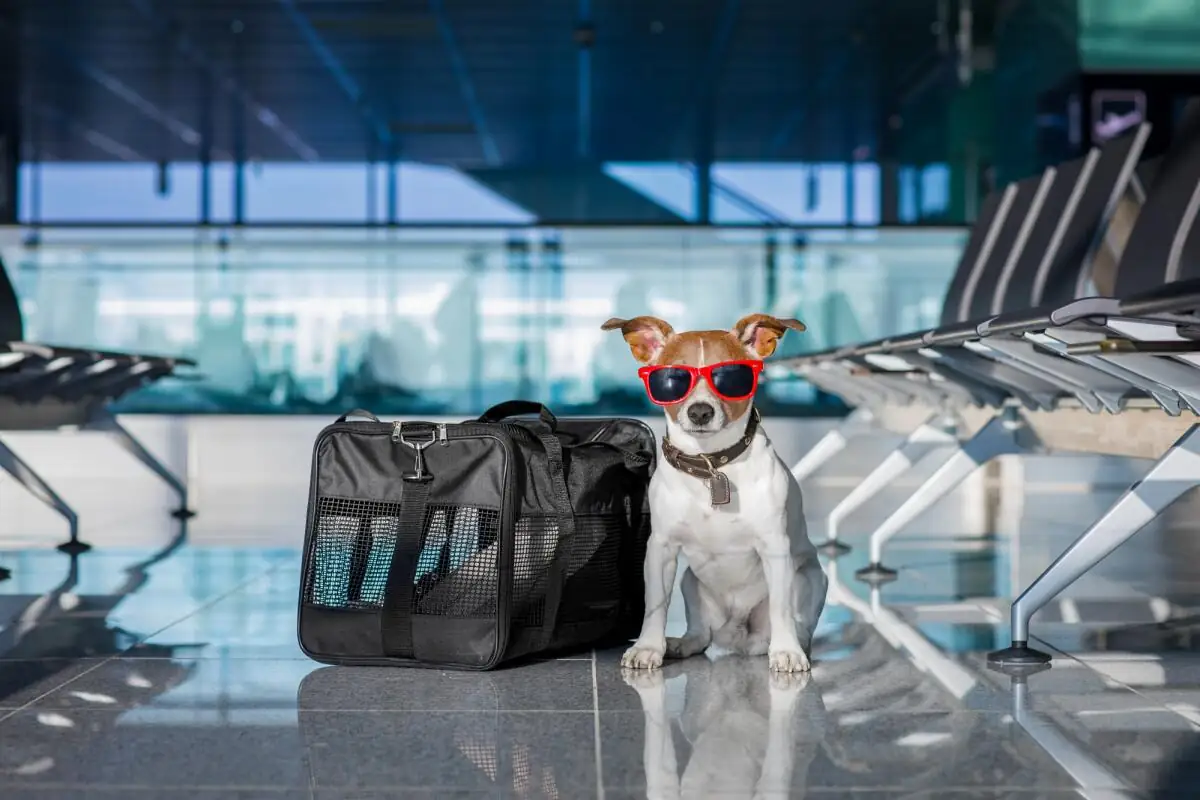
Here’s the thing — more people are flying with pets than ever before. Whether it’s a service dog, a certified ESA, or a cabin pet, travelers are bringing animals onboard in growing numbers.
And with that… come new challenges.
Not all animals handle flying well. Anxiety, noise, altitude pressure — it’s a lot for them. Combine that with longer flights, tighter cabins, and stricter policies, and the chance of an in-air disruption increases. It’s not about blaming the pet or the owner. It’s just a reality of modern air travel.
As airlines adapt, these incidents become part of a larger discussion — about service dog culture, animal care services, and what air travel will look like in a world where more of us are traveling with our furry companions.
Public & Media Reaction
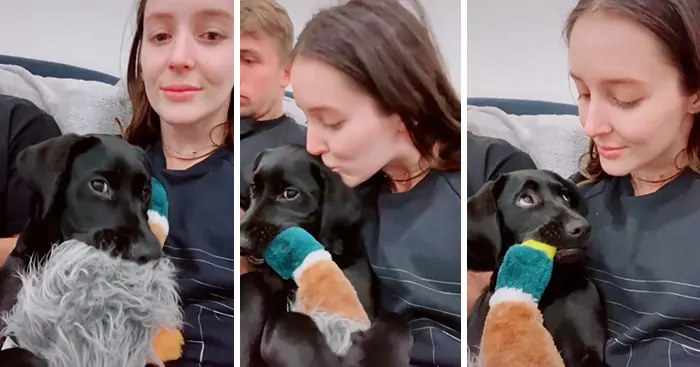
A. Online Buzz
Once the news broke, the internet did what it always does — it lit up. The delta flight dog diversion MSP story made rounds across Twitter, Reddit threads, and airline news blogs. Some local stations, including KCAL News, picked it up with headlines like “Delta Flight Diverts to MSP Due to Onboard Canine Emergency.” And just like that, the whole thing became a trending moment.
People reacted in all kinds of ways. Some were sympathetic, hoping the dog made it through. Others questioned whether airlines should allow pets in the cabin at all. A few memes even popped up — including one where a Golden Retriever was photoshopped in the pilot’s seat, as if it had caused the diversion by chewing on the controls (a bit much… but it’s the internet).
Still, beneath the jokes was a very real conversation. About how airlines manage pets. About how unprepared some systems might be for canine medical emergencies at 30,000 feet. And about what we owe the animals we bring onboard.
B. Public Opinion
If you scroll through the comments under the news posts — which, honestly, is always a gamble — you’ll see the divide. One side: “It’s just a dog. Diverting an entire flight? Really?” The other: “Pets are family. Of course they deserve emergency care.”
And somewhere in the middle? Travelers who’ve flown with their pets before. Many chimed in to share their own experiences — service dogs that stayed calm the whole trip, or cats who howled for four hours straight. One traveler even shared that they carry a pet oxygen mask in their carry-on, just in case. That felt extreme at first… but after this story, maybe not.
It’s clear the issue hits a nerve. Pet fees, aircraft changes, emotional support animals, and what rights service dogs actually have — all of it gets tangled up in this larger debate. And it doesn’t seem like there’s one “right” answer.
Aftermath: What Happened Next?
A. Passenger Compensation or Delays
After the unexpected Delta flight dive, passengers were delayed, obviously — though not dramatically. From what we can piece together, Delta managed to get everyone rebooked and back on track within a few hours from Minneapolis-St. Paul International Airport. Some travelers were reportedly offered Delta flight credits or refreshments at the terminal, but no broad compensation package has been publicized.
There hasn’t been an official statement about how this emergency landing impacted passenger connections, though some travelers said they missed flights out of Detroit Metropolitan Wayne County Airport later that night. That’s one of the often-overlooked costs of a diversion — missed weddings, meetings, or even just a relaxing evening at home. It all adds up.
B. Impact on Pet Owner
As for the owner of the dog, Delta hasn’t named them, which makes sense. Privacy, legal reasons — all valid. We also don’t know the dog’s final medical status, only that medical treatment was sought immediately after landing.
There’s been no confirmation on whether Delta fined or banned the passenger, but it seems unlikely. If the dog was legitimately unwell and the diversion was medically justified, the airline officials likely handled it as a one-off.
Still, some online users asked whether the owner would be held liable for diversion costs, which can reportedly exceed $10,000 when rerouting, refueling, and landing fees are tallied. But that usually applies only when a disruption is caused by negligence or policy violation — not a pet suddenly getting sick. So… probably not in this case.
If anything, this might open the door for better pet monitoring tools on planes in the future. Maybe even pre-flight animal health checks? Though that’s a whole new can of worms.
Conclusion
So… what started as a regular LA-bound flight ended in Minneapolis, with a sick dog, a surprised cabin, and a whole lot of questions.
The delta flight dog diversion MSP may sound like a quirky headline, but it touches on something bigger — how we navigate the line between passenger safety and the comfort (and health) of the animals we bring onboard. It’s not easy. And with more travelers choosing to fly with pets — service dogs, emotional support animals, or just companions — we’ll likely see more moments like this in the future.
This story wasn’t about drama. No mid-air chaos. No viral outburst. Just a quiet, complicated moment that asked for empathy, fast decisions, and a safe place to land. And really… what more can you ask from a crew 30,000 feet in the air?
Frequently Asked Questions
1. What exactly happened on that Delta flight with the dog?
A dog onboard Delta Flight 694 had a medical emergency, prompting an unscheduled landing at MSP.
2. Was the dog a service animal or just someone’s pet?
Delta hasn’t confirmed if it was a service dog, emotional support animal, or a regular cabin pet.
3. Do service dogs fly free on Delta?
Yes, trained service dogs can fly free on Delta with proper documentation.
4. How do I add a dog to my Delta flight?
You can add a dog during booking or later by contacting Delta, but fees and size limits apply.
5. Why would a Delta flight be diverted just for a dog?
If a pet’s health is at serious risk, the flight crew may divert to get emergency care.
6. What are Delta’s current dog transport policies?
Small pets can fly in-cabin for a fee; larger ones must go through Delta Cargo if allowed.
7. Have other Delta flights been diverted for animals before?
Yes, including one flight diverted to Albuquerque after a pet got loose and bit someone.
8. Does Delta provide medical assistance for pets onboard?
Not directly, but if a vet is onboard, they may help; otherwise, landing early is the only option.
9. What should I pack if I’m flying with a dog?
Bring a carrier, health papers, snacks, and any meds — plus a water bowl and comfort item.
10. Will this kind of incident change Delta’s pet travel policy?
No official changes yet, but it might spark internal reviews or updates in training.
11. Was a Delta flight diverted to Minneapolis after a dog became ill on board?
Yes, Delta Flight 694 was diverted to Minneapolis after a dog onboard reportedly fell seriously ill.
12. What happens if your flight is diverted on Delta?
Delta typically rebooks passengers, provides updates, and may offer compensation depending on the cause.
13. What is Delta’s service dog policy?
Delta allows trained service dogs to fly free in the cabin with required documentation and behavior standards.
14. Does Delta allow lap dogs?
No, dogs must remain in an approved carrier under the seat unless they are certified service animals.

